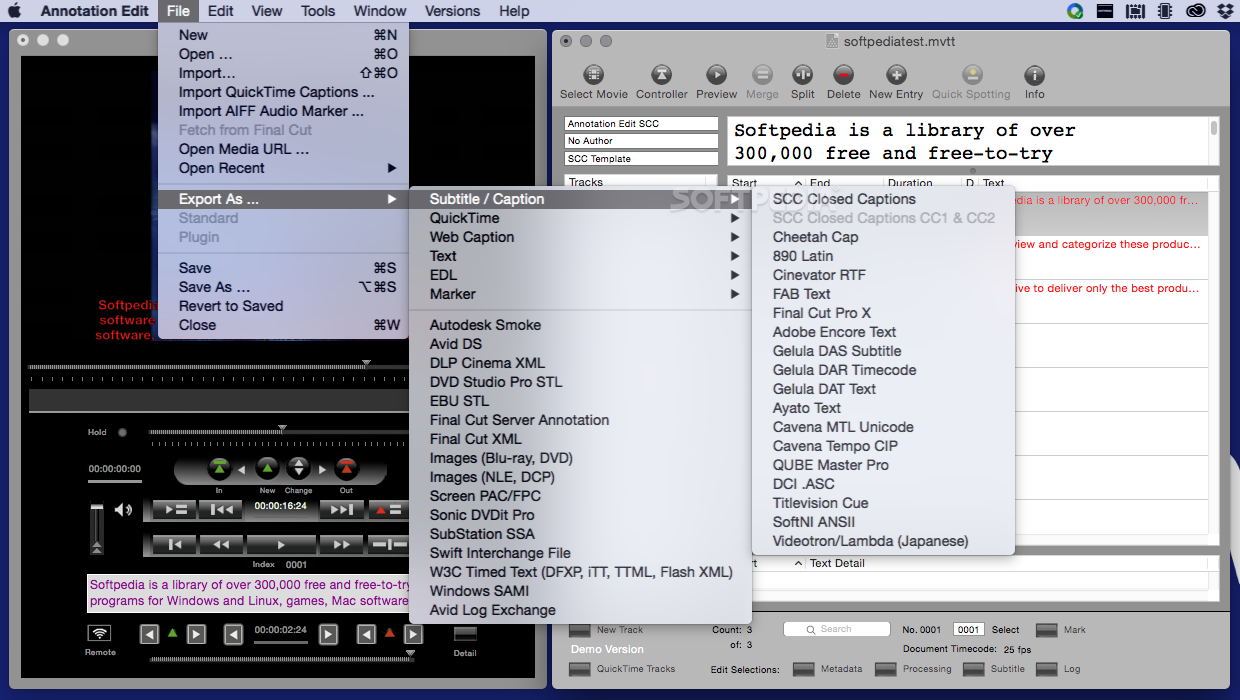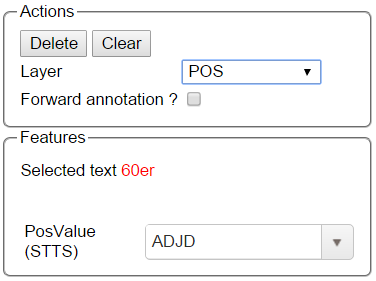
- Annotation edit windows how to#
- Annotation edit windows install#
- Annotation edit windows free#
- Annotation edit windows windows#
The newest version isĪNVIL 5, see the list of Anvil 5 features. Runs on Windows, Macintosh and Unix platforms. Exported tables can be usedįor analysis in statistical toolkits like SPSS or Statistica. Interaction, linguistics, ethology, anthropology, psychotherapy,Įmbodied agents, computer animation and oceanography.ĪNVIL can import data from phonetic toolsĬontour. Originally developed for gesture research in 2000, ANVIL is nowīeing used in many research areas including human-computer Non-temporal objects, timepoint tracks, coding agreement analysis, 3D viewingĪ project tool for managing whole corpora of annotationįiles. Some special features are cross-level links, DuringĬoding the user can see color-coded elements on multiple tracks in Multi-layered annotation based on a user-defined coding scheme.
Annotation edit windows free#
This repo is the fork of mpitid/pylabelme.+ + + Downloads are available again () + + +ĪNVIL is a free video annotation tool, developed by Michael Kipp. Make sure below test passes on your environment.
Annotation edit windows how to#
How to get annotations for instance segmentation? See examples/instance_segmentation.īelow shows how to build the standalone executable on macOS, Linux and Windows.How to get annotations for semantic segmentation? See examples/semantic_segmentation.How to load label PNG file? See examples/tutorial.How to convert JSON file to numpy array? See examples/tutorial.Labels are assigned to a single polygon.Flags are assigned to an entire image.When the program is run with this flag, it will display labels in the order that they are provided. Without the -nosortlabels flag, the program will list labels in alphabetical order.If you would prefer to use a config file from another location, you can specify this file with the -config flag. You can edit this file and the changes will be applied the next time that you launch labelme. The first time you run labelme, it will create a config file in ~/.labelmerc.Annotations will be stored in this directory with a name that corresponds to the image that the annotation was made on. json, the program will assume it is a directory. Only one image can be annotated if a location is specified with.

json, a single annotation will be written to this file. -output specifies the location that annotations will be written to.Labelme data_annotated/ -labels labels.txt # specify label list with a fileįor more advanced usage, please refer to the examples: Labelme data_annotated/ # Open directory to annotate all images in it Labelme apc2016_obj3.jpg \ -labels highland_6539_self_stick_notes,mead_index_cards,kong_air_dog_squeakair_tennis_ball # specify label list # semantic segmentation example cd examples/semantic_segmentation Labelme apc2016_obj3.jpg -nodata # not include image data but relative image path in JSON file Labelme apc2016_obj3.jpg -O apc2016_obj3.json # close window after the save Labelme apc2016_obj3.jpg # specify image file labelme # just open gui # tutorial (single image example) cd examples/tutorial The annotations are saved as a JSON file.
Annotation edit windows install#
# or install standalone executable/app from: # Usage Install Anaconda, then in an Anaconda Prompt run: conda create -name =labelme python = 3

Annotation edit windows windows#
# or install standalone executable from: # macOS brew install pyqt # maybe pyqt5īrew install wkentaro/labelme/labelme # command line interface # brew install -cask wkentaro/labelme/labelme # app # or install standalone executable/app from: # Windows # or you can install everything by conda command # conda install labelme -c conda-forge Ubuntu sudo apt-get install labelme # conda install -c conda-forge pyside2 # conda install pyqt # pip install pyqt5 # pyqt5 can be installed via pip on python3 You need install Anaconda, then run below: # python3Ĭonda create -name =labelme python = 3 source activate labelme

VOC dataset example of instance segmentation. It is written in Python and uses Qt for its graphical interface. Labelme is a graphical image annotation tool inspired by.


 0 kommentar(er)
0 kommentar(er)
